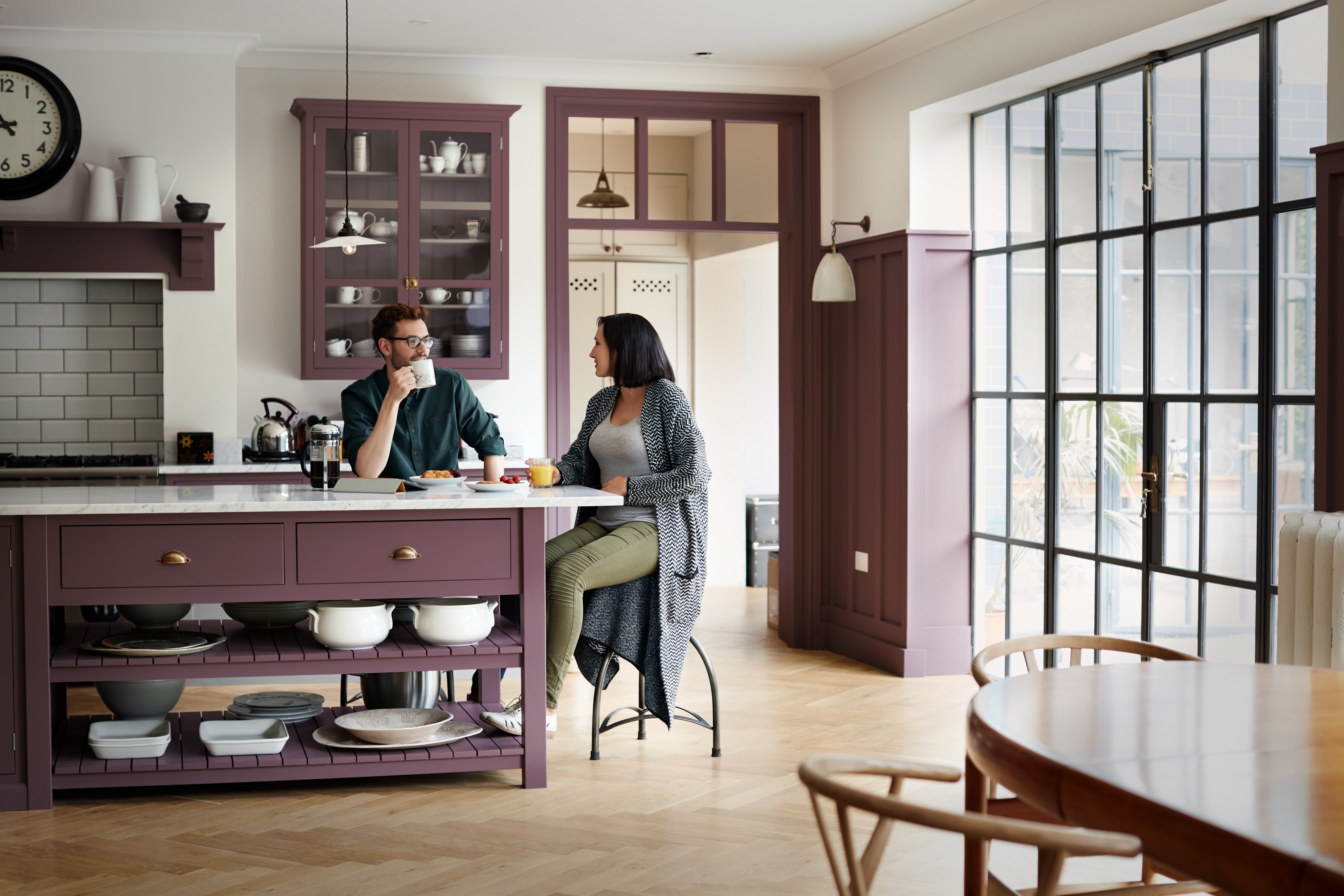Color trends are not isolated phenomena; they are a reflection of the most significant cultural, political, and economic influences of their times.
Over the years, various movements and events have shaped the color preferences of different eras. In the 1970s, the peace movement and growing environmental consciousness introduced organic, earthy tones like harvest gold and avocado green. The early 1980s saw the rise of MTV, which not only transformed the music industry but also popularized vibrant colors such as purples and pinks. The 1990s, influenced by the grunge movement and a resurgence of retro looks, shifted preferences towards deeper, richer colors like dark plums and deep reds, marking the advent of the jewel-tone era. The global financial crisis of the late 1990s brought about a dominance of grays in the early 2000s, which proved to be one of the most enduring color trends in modern-day history. This was followed by the biophilic design aesthetic that included nature-inspired greens throughout the COVID-19 pandemic that began in 2020.
Today, we are in a new era of creativity, spirituality, and learning, driven largely by the rise of artificial intelligence. This technology is fostering unprecedented change and opportunity, leading to a shift from softer, safer palettes to more dynamic, richer hues.
“It’s a transformative time with endless new possibilities we haven’t even imagined, driven by new tools that are bolstering human creativity,” said Vanessa Peterson, PPG global color styling lead, consumer products, Industrial Coatings “Consumers are embracing this time of change and movement, and we’re seeing color trends reflect the need for dynamic colors, moving past the soft, more banal, safe color choices in favor of now rich jewel tones, deeper earthen pastels and ancestral-inspired midtones.”

